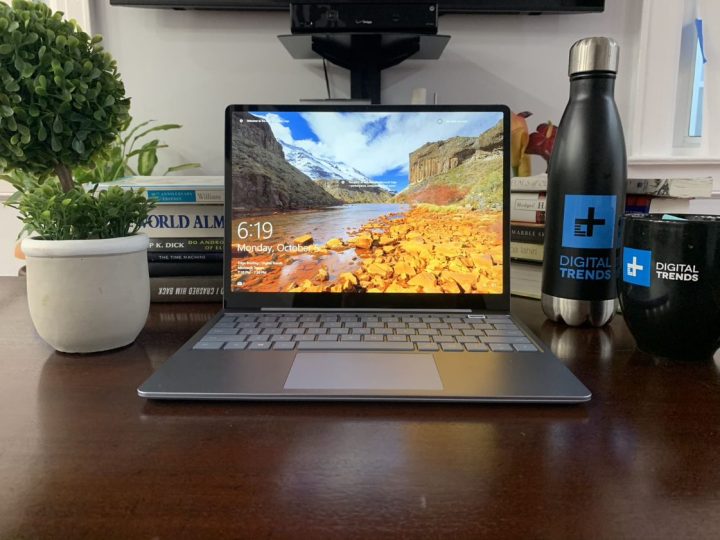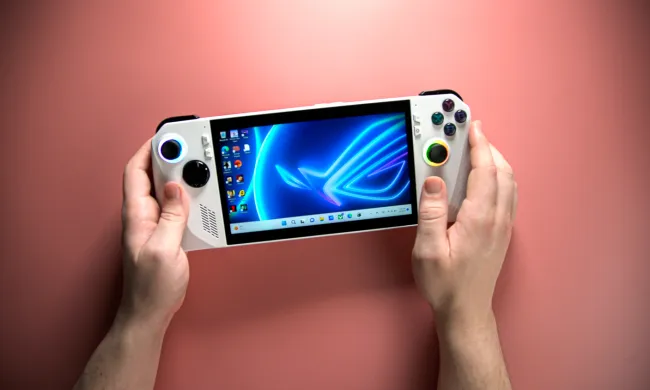Microsoft might be fresh off the launch of high-end devices like the Surface Laptop Studio, but the company could have some bigger plans in the future. Turns out Microsoft might be releasing a new 11-inch education-first Surface Laptop device to better compete with Chromebooks, according to Windows Central.
Reportedly code-named Tenjin, it’s believed that this new Surface device could take on similar education-centered low-end PCs and Chromebooks from HP and Lenovo. The new laptop might possibly have an 11.6-inch display with a 1226 x 768 resolution, with 8GB of RAM under the hood. Other possibilities include the presence of a USB-A port, a USB-C port, a headphone jack, and a traditional barreled charger port.

Windows Central also reports that the new product could ship as “Laptop SE,” a reference to the Windows 11 version that could come installed on it. Pricing is unknown, but similar education-first PCs from HP (like the HP Stream) come in at around $350, so it won’t be too surprising if this device is under $500 when it eventually launches.
As for the details on Windows 11 SE, it could end up shaping up to be a lot like the current version of Windows 11 in S mode. It’s being reported that this version of Windows is built for classrooms with an emphasis on speed and other features for low-end hardware.
Of course, the performance of Windows 11 SE might end up depending on the processors powering the device, which is currently unknown. There are no rumors to support it, but chances are they could be lower-end Intel processors from the Celeron or Pentium lineup — as seen in current budget PCs. These processors have always been known to slow down Windows PCs, but they exceed in Chromebooks, and it will be interesting to see if the Windows 11 SE optimizations add any benefit.
Microsoft’s current budget PCs are targeted for general use outside of the classroom. The Surface Laptop Go is one of these budget systems, keeping some of the design features from the original Surface Laptop, but without premium features like support for the Surface Pen or a backlit keyboard. The Surface Go, meanwhile, keeps some of the design features from the Surface Pro lineup but has some toned-down internals as well as a lower-resolution screen.


